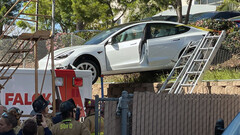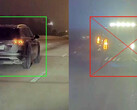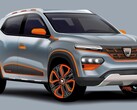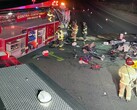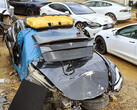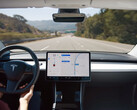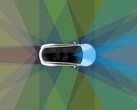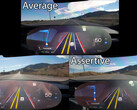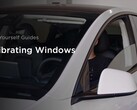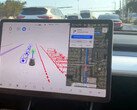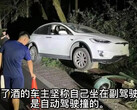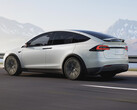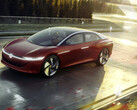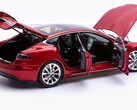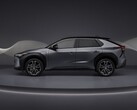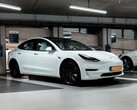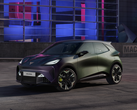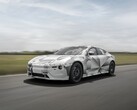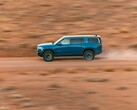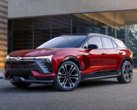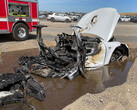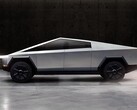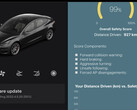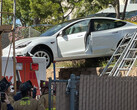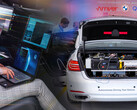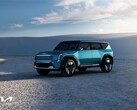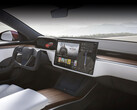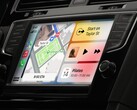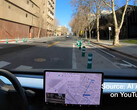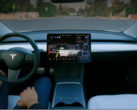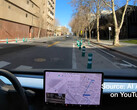After a number of recorded incidents with Teslas in various driver-assist modes, the National Highway Traffic Safety Administration (NHTSA) upgraded its investigation from the Preliminary Evaluation started last summer, to a full-on Engineering Analysis stage. This step could potentially lead to a total recall of more than 800,000 electric vehicles made by Tesla. The Model 3 and Model X cars made after 2014, as well as the Model S after 2013 and the Model Y units that came from the conveyor belts in 2020 and 2021, could all be affected.
Despite the flashy accidents that received wider publicity such as a Model 3 landing on top of an ambulance or on the rocks of a jetty, as well as one that bounced off treetops in a forest, the NHTSA is investigating how the Autopilot reacts to rescue vehicles parked on the road while delivering help during accidents. The reason is that the aforementioned attractive landings got attributed to the driver confusing the gas pedal with the brakes or having a medical emergency behind the wheel, whereas the rescue vehicle crashes warrant further analysis. According to the NHTSA:
For systems labeled as SAE Level 2 ADAS, important design considerations include the ways in which a driver may interact with the system or the foreseeable ranges of driver behavior, whether intended or unintended, while such a system is in operation. This is because these systems still depend upon the driver to maintain supervisory responsibility for the DDT, whereas the vehicle features perform only a support role. As such, ensuring the system facilitates the driver’s effective performance of this supervisory driving task presents an important safety consideration.
Accordingly, PE21-020 is upgraded to an Engineering Analysis to extend the existing crash analysis, evaluate additional data sets, perform vehicle evaluations, and to explore the degree to which Autopilot and associated Tesla systems may exacerbate human factors or behavioral safety risks by undermining the effectiveness of the driver’s supervision.
The red flag that warranted an upgrade to the Engineering Analysis stage was raised when in half of the crashes between Teslas and rescue or roadside maintenance vehicles, the Forward Collision Warning system didn't activate the emergency braking one. "On average in these crashes, Autopilot aborted vehicle control less than one second prior to the first impact," says the NHTSA notice.
Besides the suspect first respondent vehicle collisions, the NHTSA widened its probe to include reports on incidents involving most everything that Tesla offers in terms of driver-assist features. These include Teslas in Full-Self Driving mode or its subject options like Autopilot, Traffic-Aware Cruise Control, Autosteer, Navigate on Autopilot, and Auto Lane Change. After curating 191 of those, it identified 106 accidents that warrant further investigation and will fold them into the Engineering Analysis stage to help separate the human from machine errors better on the way to the potential massive Tesla vehicle recall.
Source(s)
NHTSA (PDF)




